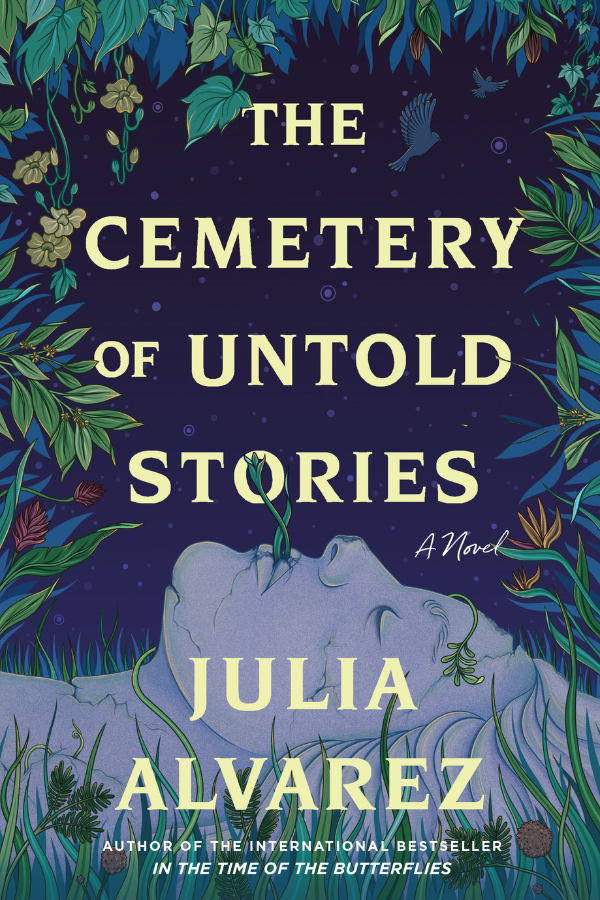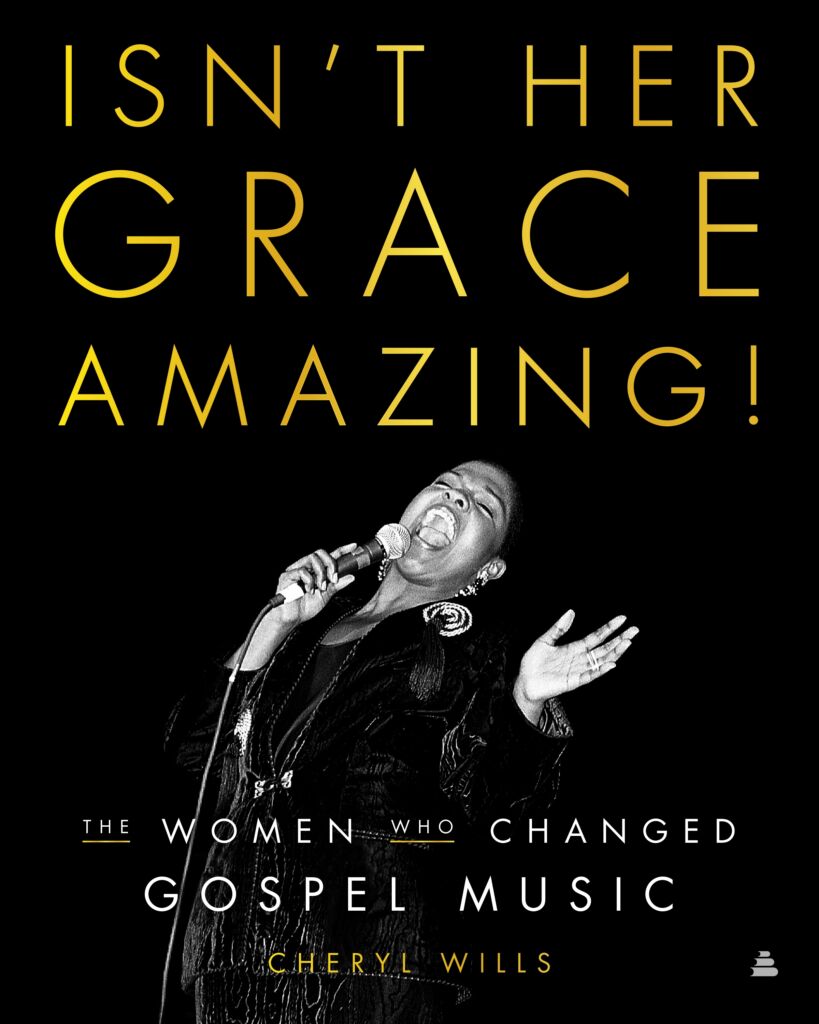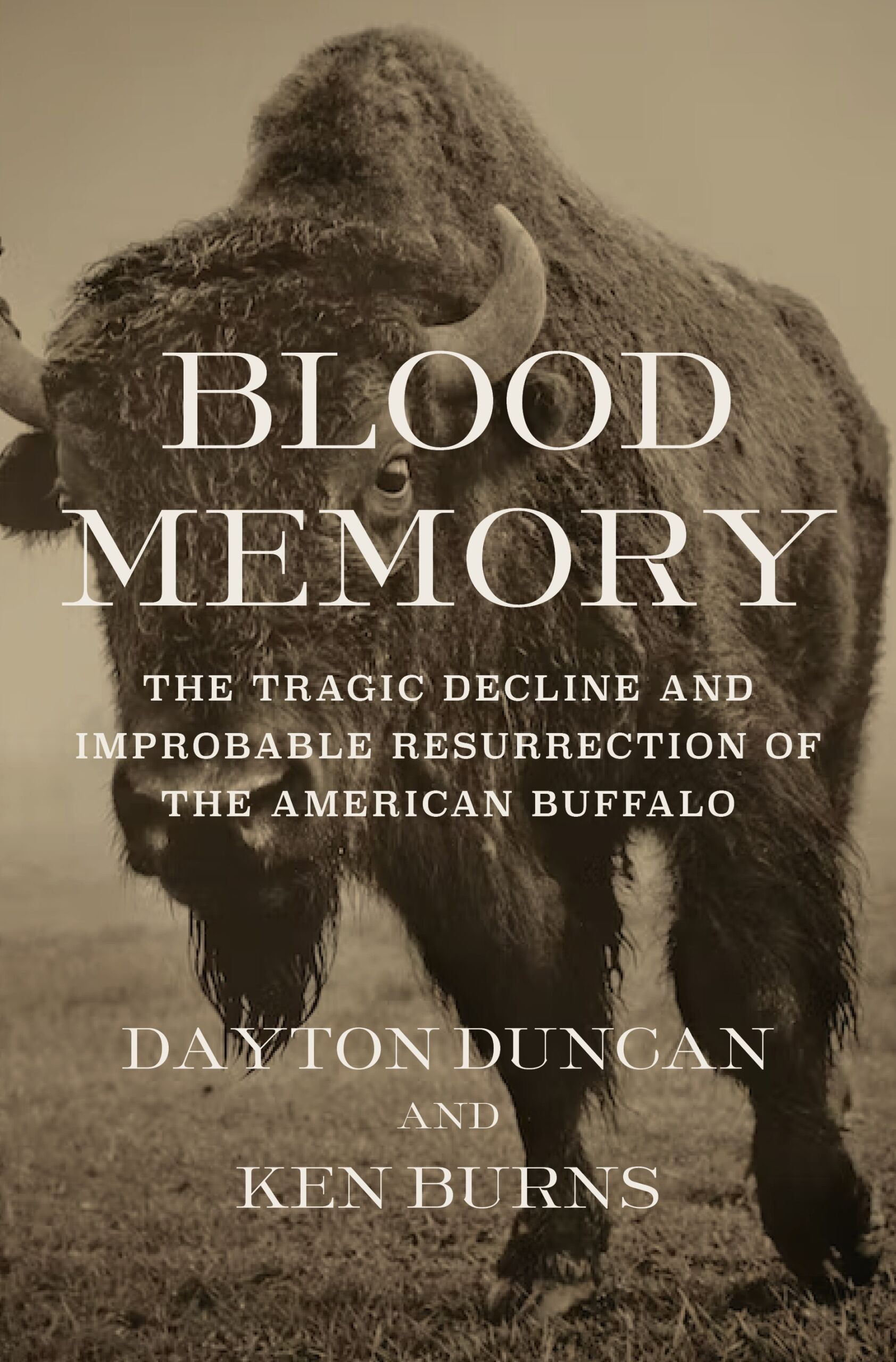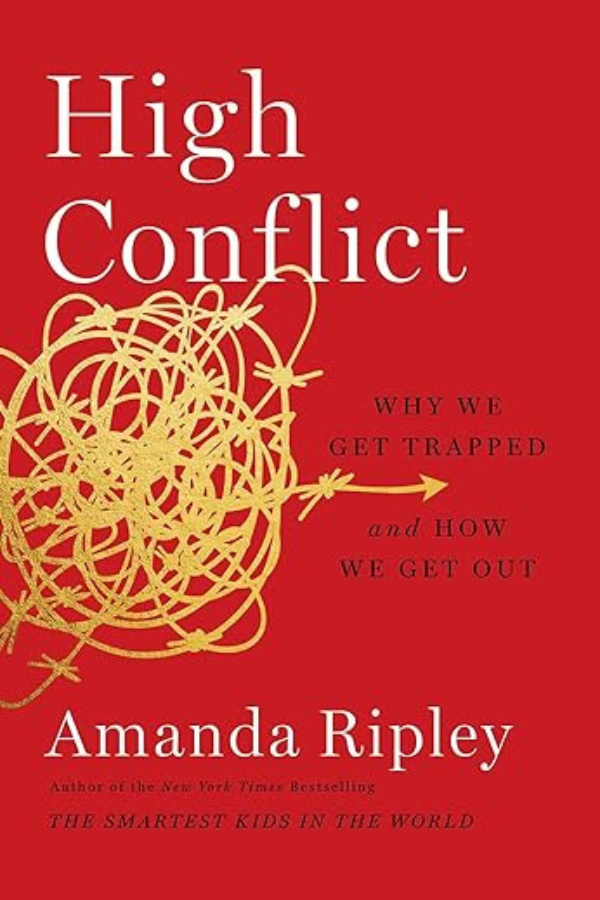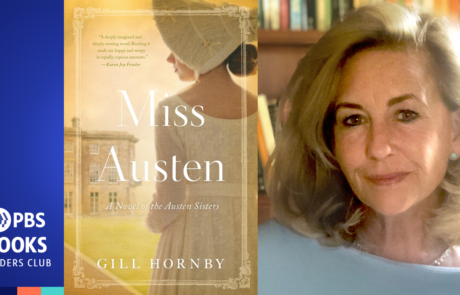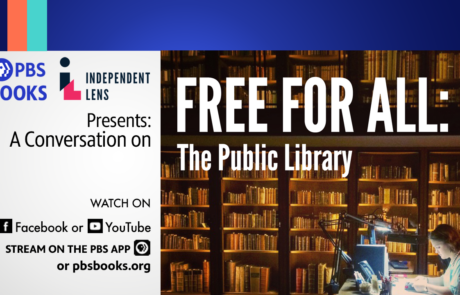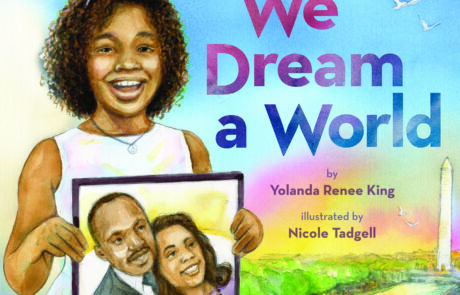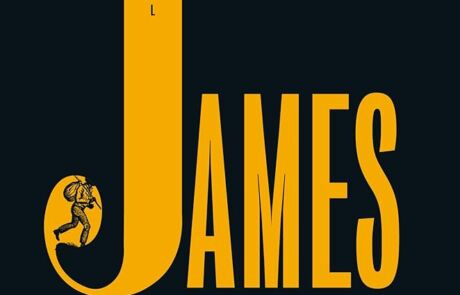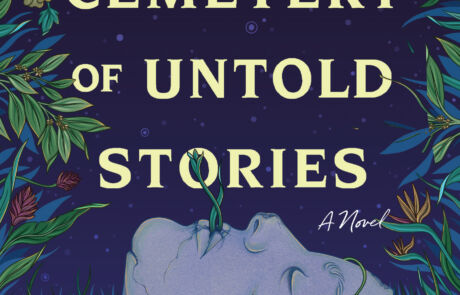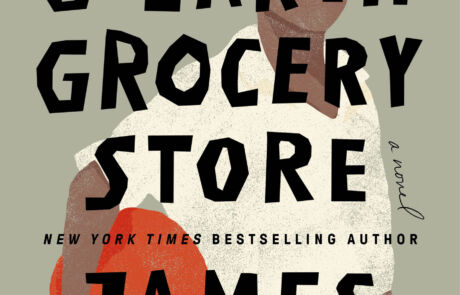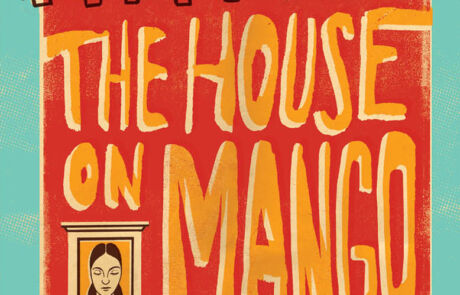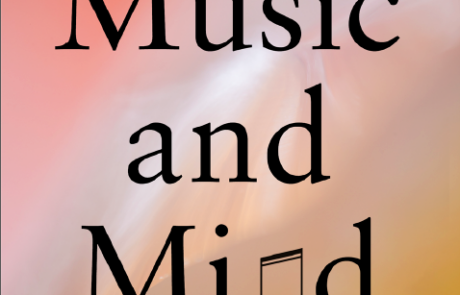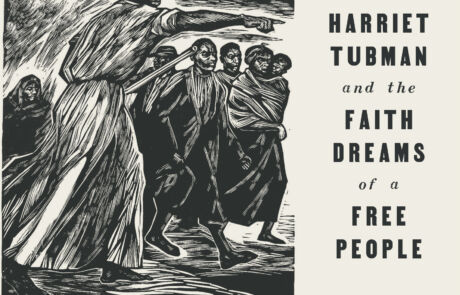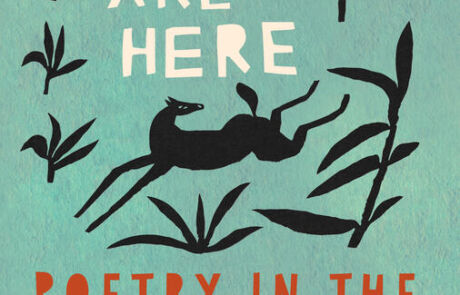Blood Memory: The Tragic Decline and Improbable Resurrection of the American Buffalo
The American buffalo—our nation’s official mammal—is an improbable, shaggy beast that has found itself at the center of many of our most mythic and sometimes heartbreaking tales. The largest land animals in the Western Hemisphere, they are survivors of a mass extinction that erased ancient species that were even larger. For nearly 10,000 years, they evolved alongside Native people who weaved them into every aspect of daily life; relied on them for food, clothing, and shelter; and revered them as equals.
Newcomers to the continent found the buffalo fascinating at first, but in time they came to consider them a hindrance to a young nation’s expansion. And in the space of only a decade, they were slaughtered by the millions for their hides, with their carcasses left to rot on the prairies. Then, teetering on the brink of disappearing from the face of the earth, they would be rescued by a motley collection of Americans, each of them driven by different—and sometimes competing—impulses. This is the rich and complicated story of a young republic’s heedless rush to conquer a continent, but also of the dawn of the conservation era—a story of America at its very best and worst.

